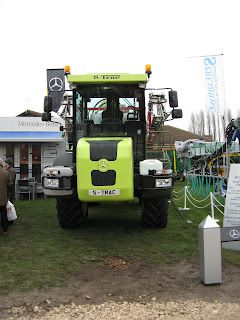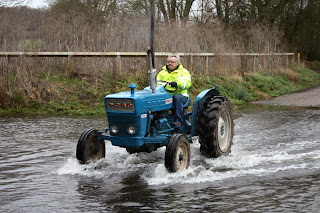I expect the Bill to be presented to Parliament in the November's opening of Parliament in the Queens Speech.
Of course the vociferous opposition will no doubt force a number of legal actions to prevent this from go ahead, but I say to those strongly against this proposal, you will not only loose this campaign, you will loose a significant amount of funds in court hearings.
Of course there will be amendments to the plans before final agreement is sought and the bill receiving the Royal Assent. By that time a significant amount of preparatory work will have been done in readiness for contracts to be signed, land compulsory purchased in readiness for construction to commence.
Now what indeed has all this got to do with my heritage blog?
The Nation needs HS2 now.
Until the late 1950's, our transport infrastructure was based on roads, largely developed from medieval and Roman lanes and tracks. These archaic arteries served communities for commerce and pleasure. Their routes, were constructed to directly serve the requirements from town to town and village to village. Construction methods were needless to say very basic, they had no modern materials or equipment. Due to large land owners and farmers, the roads were prevented from cutting across land and had to follow the perimeters, hence sharp bends etc.
The railways came in the Victorian era, and despite much opposition even in those days, these too served directly from town to town, city to city and villages via branch lines. Once again, the nature of construction, land negotiations and methods of construction led to the same principle for roads.
Then came the development of the internal combustion engine and the expansion of use for private and business purposes. The demise of the railways in the 1950's, especially after the 2nd World War resulted in the decision to create fast and wide highways without the constraints of urban bottle necks. Hence the existing motorway network. Indeed until motorways were built, all major truck roads had to negotiate these urban obstacles.
The same principle applies directly to the railways. There is only so much that can be done to Victorian infrastructure. Network Rail are indeed investing a vast amount of money in the present network to maintain its functionality. A select number of routes are being upgraded for impending increase in freight and the new European container size stock.
This is not enough. High Speed Rail requires purpose built facilities in order to attain the speeds expected. The line has to be significantly straight, existing lines are quite beyond upgrading to this standard.
So in order to facilitate the future requirements of this Nation, High Speed 2 will be built!
Curzon Street Station, Birmingham. Owned by Network Rail, even this listed building from the originally station will be incorporated in the new station.
Curzon Street Station, Birmingham, as it was in the 1950's









































